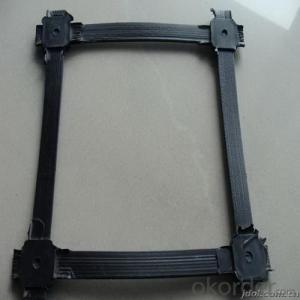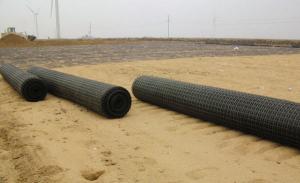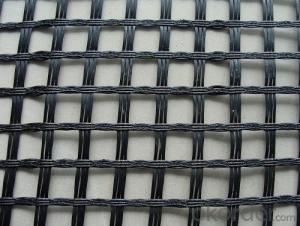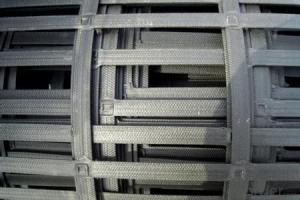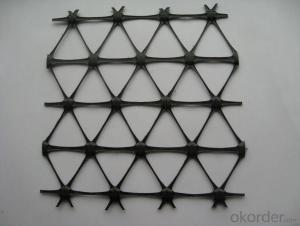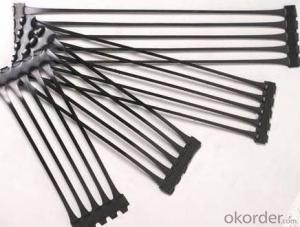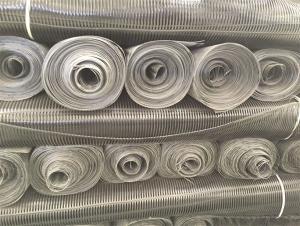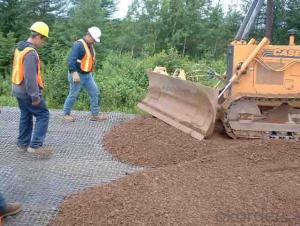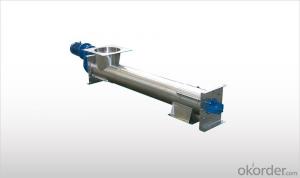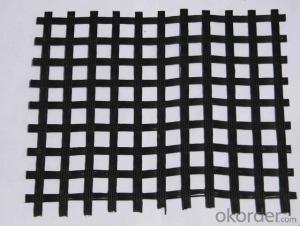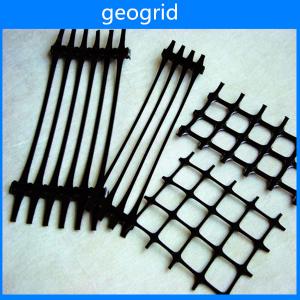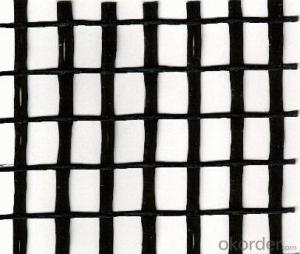Triax Tx Geogrid
Triax Tx Geogrid Related Searches
Fridge With Freezer On Bottom Driveway Pillars With Lights Blu Ray Player With Recorder Blu Ray Player With Internet Geogrid In Retaining Walls 1708 Biaxial Fiberglass Tape Pullout Resistance Of Geogrid Geogrid Warp Knitting Machine Srw 3 Series Geogrid Biaxial Plastic GeogridHot Searches
Fiberglass Scaffolding For Sale Fiberglass Panels For Sale Fiberglass Greenhouses For Sale Geogrid Fabric For Sale Gas Powered Core Aerator For Sale Revolution 4 Propeller For Sale Alabaster Carving Stone For Sale Geogrid For Sale Near Me Tensar Geogrid For Sale Geogrid For Sale Ex Display Log Cabins For Sale Photoelectric Cells For Sale Athletic Lockers For Sale Cubicle Partitions For Sale Stearman Propeller For Sale Palram Greenhouses For Sale Gumbo Bowls For Sale Suzuki Propellers For Sale Freight Crates For Sale Outhouse Sheds For SaleTriax Tx Geogrid Supplier & Manufacturer from China
Okorder.com is a professional Triax Tx Geogrid supplier & manufacturer, offers integrated one-stop services including real-time quoting and online cargo tracking. We are funded by CNBM Group, a Fortune 500 enterprise and the largest Triax Tx Geogrid firm in China.Hot Products
FAQ
- How thick is the need to lay a layer of Geogrid in the new highway earthwork backfill? Specific foundation to pave the way to solve
- Main production, geotextile, geogrid, geomembrane, bentonite waterproof blanket
- Geogrids help in reducing the risk of foundation settlement by providing reinforcement and stability to the soil. They distribute the load from the foundation evenly, preventing excessive settlement or shifting of the soil. This helps to maintain the structural integrity of the foundation and minimize the potential for settlement-related damage.
- How much is a square meter
- 2, the use of Geogrid on the railway to avoid the soft ground on the basis of the railway premature settlement and destruction of real estate3, the geogrid used in the dam, dam, river, canal, Wai sea embankment, reservoir reinforcement and other water conservancy projects
- What is a plastic geogrid? What do you say is a one-way geogrid?
- It can be divided into two kinds, one way and two way.
- How to determine the number of geogrid detection method
- What are the geogrid testing items1) place: in the surface layer of 50cm thick sand gravel or sand (egg) gravel cushion, and compaction, which is not only conducive to improve the friction between the soil and the grid, but also conducive to the consolidation of the foundation drainage.
- Yes, geogrids can affect groundwater flow. Geogrids are often used in construction and civil engineering projects to stabilize soil and prevent erosion. They can create a barrier that restricts the movement of water, altering the natural flow of groundwater. However, the extent of this impact depends on the specific design and installation of the geogrids, as well as the local geological conditions.
- Geogrids improve the performance of geogrid-reinforced earth walls by providing reinforcement and stabilizing the soil. They distribute the tensile forces caused by the earth pressure more evenly, reducing the risk of wall failure and increasing overall stability. Additionally, geogrids help to limit soil movement, prevent erosion, and improve the long-term durability of the reinforced wall structure.
- Geogrids enhance the performance of mechanically stabilized slopes in high rainfall areas by providing additional strength and stability to the soil. They act as a reinforcement material, effectively distributing the load and reducing the potential for slope failure. Additionally, geogrids prevent soil erosion by minimizing surface runoff and facilitating water drainage, thus preserving the integrity of the slope even during heavy rainfall events.
















